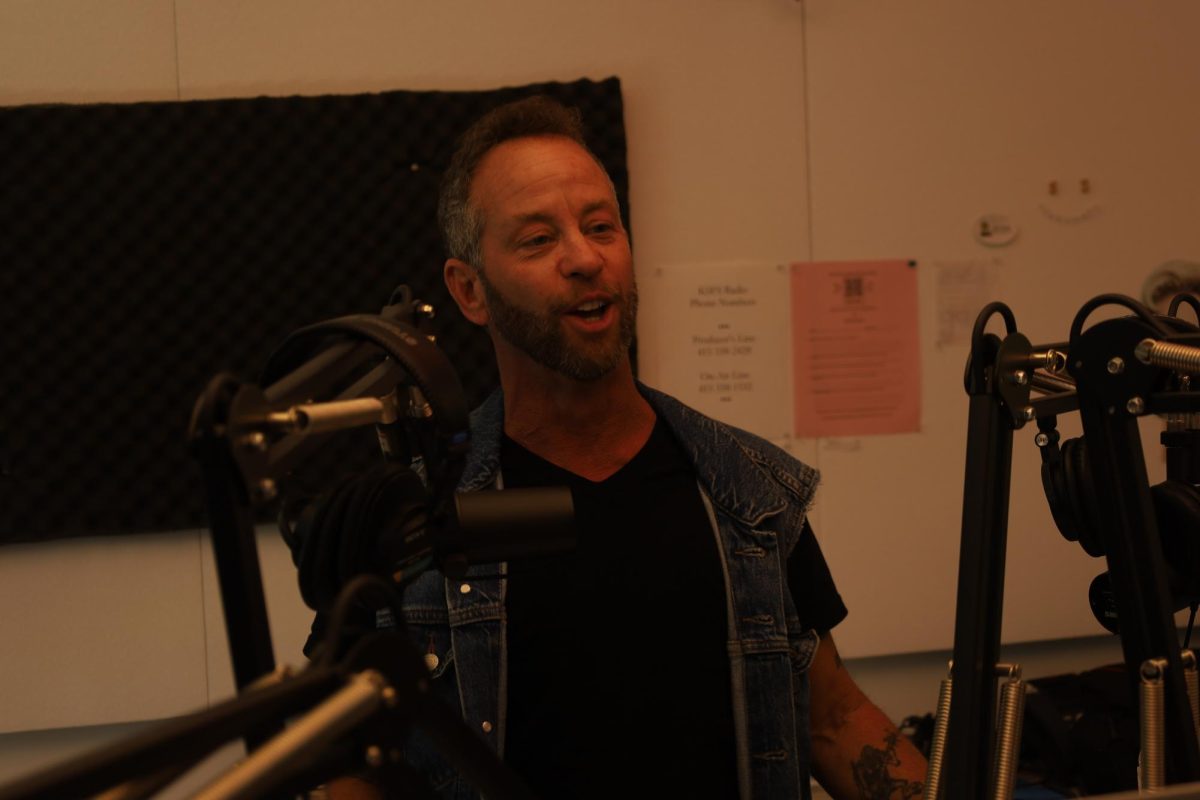Enrollment of African-American students in the California State University system has decreased by 2.4 percent compared to a decade ago, according to CSU statistical reports.
Disparities facing African-American youth including underfunded schools, police violence and joblessness contributed to their decrease in enrollment, according to Shawn Ginwright, associate professor of Africana Studies at SF State.
Ginwright addressed challenges of urban K-12 education in a keynote speech at the 23rd annual Association of African American Educators conference at San Diego State University March 20.
“Most of the public policies are the antithesis of driving African-American students to college,” Ginwright said.
Ginwright cited his new book, “Hope and Healing in Urban Education,” when providing a framework to reduce violence and improve academic performance in schools with low resources. He said social and political issues might have a larger impact on enrollment than university outreach.
Student Outreach Services ensures that community colleges and high schools have information accessible for students to apply and transfer successfully, according to Jo Volkert, SF State interim vice president for student affairs and enrollment management.
Volkert said the CSU system, like SF State, has made specific efforts to reach diverse populations of potential students.
She cited Super Sunday — an annual event for the CSU chancellor and trustees to speak to African-American youth about enrollment by connecting with churches — as one of the many system-wide efforts.
“We try to match (the racial composition of) the entire state because we bring students from the entire state in addition to our region,” Volkert said.
Proposition 209, passed in 1996, prohibits California public institutions from using sex, race, and ethnicity as an admissions factor.
SF State was seventh on a 2013 list published by Diverse magazine of the best non-historically black colleges and universities for minority students. San Jose State University and CSU Long Beach were also included in the list.
Serie McDougal, associate professor of Africana Studies, said the decrease in African-American population at SF State reflects the economic impact on prospective black students.
The African-American student population at SF State was 5.7 percent in 2005 and 5.6 percent in 2014, according to data provided by the Office of Academic Institutional Research. African-American enrollment in 2009 was 6.2 percent — the highest in the decade — but has steadily declined since.
McDougal said while educational aspirations for young people are similar despite race, decision-making is heavily impacted by economic factors, and some African-Americans are forced to choose between entering college and the workforce.
“The (2008-2009) housing market crash represented the greatest loss in wealth in African-American history,” McDougal said. “And that loss in wealth has an influence on career pursuits and family responsibilities.”
He also said the psychological stress imposed by the economic pressures of these choices has a powerful impact on young adults.
“The people who are making these decisions because of the effects of the economy on their lives and their families — they’re facing economic problems, which then turn into family issues, but they themselves are not the problems,” McDougal said.
Ginwright said that psychological factors like academic self-esteem, perceived competence and academic self-efficacy may influence African-American enrollment, but these characteristics are the result of structural factors.
African-American and Latino high school students face challenges with access to college preparatory courses, basic course requirements for CSU admission, and an understanding of the overall application process, according to Ginwright. He said the factors leading to low enrollment, however, are far more complex.
“It’s very difficult to think about (college) success without thinking about pathways,” Ginwright said. “Greater enrollment is a function of pathways.”
In addition to exposing African-American youth to the idea of college as a legitimate option and attracting prospective students, Ginwright said universities are very difficult places to change and must focus on creating upward-bound programs and engaging with K-12 schools.
“I think it’s important to place (enrollment rates) in a broader context in California,” Ginwright said.




